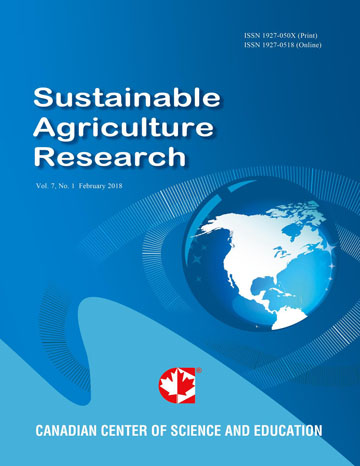Development and Application of a RT-NestPCR Assay for Differential Detection of C-Strain and Wild-Type Viruses of Classical Swine Fever Virus
- Haiguang Wang
- Yibao Ning
- Cong Ying
- Can Liu
- Ruirui Wei
- Wenzhi Gong
Abstract
Due to the urgent need of differentiation of infected from vaccinated animals in control and eradication of classical swine fever (CSF) and the shortcomings of current differential diagnostic tools, this study is aiming to establish a RT-nestPCR assay for differential detection of wild-type viruses and lapinized Chinese vaccine strain (C-strain) of classical swine fever virus (CSFV) of high sensitivity. Two pairs of CSFV-specific primers were designed in the conservative regions of NS5B (a non-structural protein encoded by the CSFV genome, which performs the RNA dependent RNA polymerase activity) and 3? un-translated regions (3?-UTR) to encompass the T-rich insertion uniquely existing in the 3?-UTR of C-strain genome. Thus the amplification fragment of C-strain is longer than that of the wild-type viruses for it contains the T-rich insertion region. Two pairs of primers were used in combination and the wild-type viruses and C-strain of CSFV could be detected and accurately distinguished with a high sensitivity through super fine resolution (SFR) argarose gel electrophoresis that displays the different lengths of the amplicons. The detection limit of the C-strain and Shimen strain were respectively 4.5×10-2 pg and 3.2×10-2 pg of viral RNA. The results of the specificity test showed that this method can detect different strains of CSFV without amplifying other non-CSFV pathogens. The results of the detection of 400 clinical samples indicated that 16 samples were CSFV positive in total; in which 4 samples were C-Strain positive and 12 were wild-type CSFV positive. The total CSFV positive rate was 4%. The detection results of the 14 batches of C-Strain vaccines showed that all samples displayed bands of C-Strain amplicons in the SFR argarose gel electrophoresis and all vaccines were free of wild-type virus contamination. In conclusion, the RT-nestPCR assay established in the present study could supply a sensitive and specific test method for distinguishing wild-type CSFV infected animals from those vaccinated with C-strain vaccines in the field.
- Full Text:
 PDF
PDF
- DOI:10.5539/sar.v2n3p27
Index
Contact
- Joan LeeEditorial Assistant
- sar@ccsenet.org
